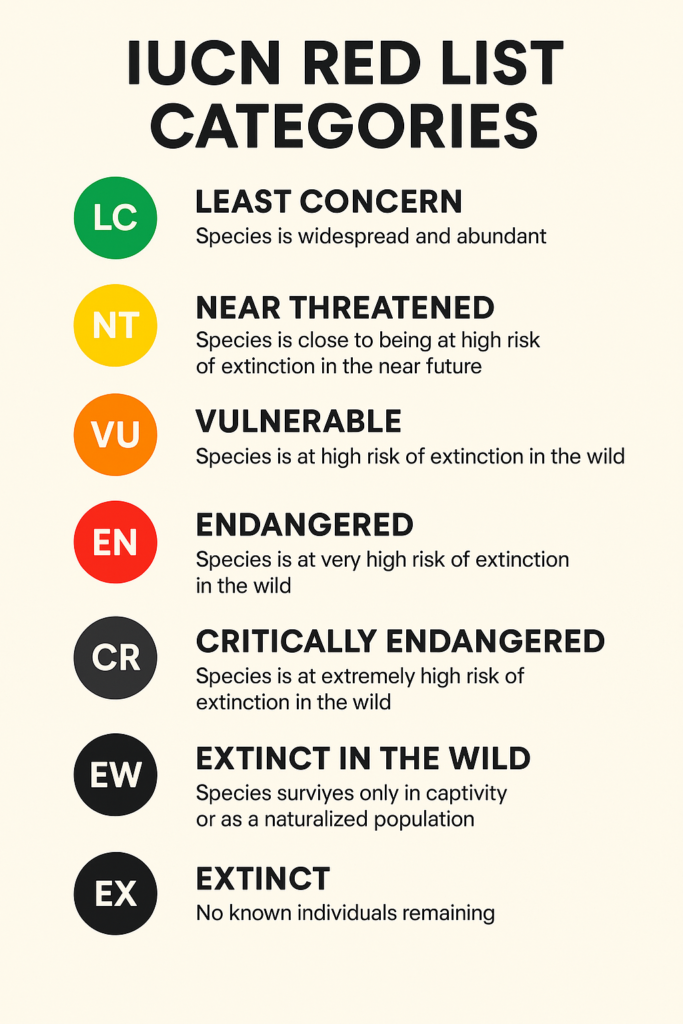195.
🛑 Olive Ridley Turtle Deaths in Tamil Nadu
Rising Bycatch Mortality Sparks Conservation Alarms

⚠️ Recent Mortality Surge
Between 300 and 350 olive ridley turtles have been found dead along Tamil Nadu’s coastline — a sharp spike during the early nesting season.
📍 Notable locations: Neelankarai, Besant Nagar, Kovalam, and Pulicat.
- Reports have especially intensified in Chennai and Kancheepuram districts.
- The State Forest Department is actively investigating the causes, collecting data and post-mortem reports.
🎣 What’s Causing These Deaths?
🔍 Primary Cause:
Bycatch in commercial fishing operations is the major culprit.
- Turtles accidentally get caught in trawl nets, preventing them from surfacing for air — leading to drowning.
🐟 Why now?
Higher fish density this season may have drawn more fishing vessels, increasing the risk of turtle entanglement.
🧪 Health Indicators from Post-Mortems
- Bulging eyes
- Swollen necks
- Lung lesions
These are consistent with suffocation due to drowning, confirming death by entrapment in fishing nets.
💡 This highlights the urgent need for regulatory measures to curb turtle mortality.
🐢 Olive Ridley Nesting Season
⏳ Timeline: Late November to March
🌍 Major Sites: Odisha (Gahirmatha), Andhra Pradesh, and Tamil Nadu
- Females lay 100–110 eggs per nest and carefully bury them under sand.
- They are famous for Arribada — the mass nesting spectacle where thousands arrive simultaneously.
🛡️ Current Conservation Measures
📍 Andhra Pradesh: Fishing ban enforced near Hope Island for a month
📣 Conservationists urge:
- Mandatory use of Turtle Excluder Devices (TEDs) in nets
- Stricter monitoring of trawling practices
- Community awareness and coastal patrolling
🔍 Know Your Species: Olive Ridley Turtle
- Scientific Name: Lepidochelys olivacea
- Size: 62–70 cm
- Weight: 35–45 kg
- Habitat: Tropical and warm waters across the globe
- Status: 🟠 Vulnerable (IUCN Red List)
- Unique Trait: Participate in Arribada, one of nature’s largest synchronized nesting events.
🌍 Why This Matters
The olive ridley turtle plays a vital role in marine ecosystems, maintaining healthy seagrass beds and coral reefs.
Its protection is not just about saving a species — it’s about preserving the balance of marine life.
Valuable Information:
📘 IUCN Red List Categories (from least to most threatened)
- 🟢 Least Concern (LC):
Species is widespread and abundant, facing no immediate threat of extinction. - 🟡 Near Threatened (NT):
Species is close to qualifying for a threatened category in the near future. - 🟠 Vulnerable (VU):
Species faces a high risk of extinction in the wild. (Example: Olive Ridley Turtle) - 🔴 Endangered (EN):
Species faces a very high risk of extinction in the wild. - ⚫ Critically Endangered (CR):
Species faces an extremely high risk of extinction in the wild. - ⚫ Extinct in the Wild (EW):
Species survives only in captivity or as a naturalized population outside its native range. - ⚫ Extinct (EX):
No known individuals remaining.
❗Additional Classifications:
- Data Deficient (DD):
Not enough data to assess the species’ risk. - Not Evaluated (NE):
Species has not yet been assessed by IUCN.















